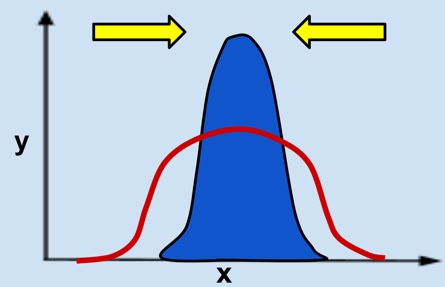
DESCRIPTION OF INTERACTIVE
This interactive will consist of two columns. The left column will consist of three different graphs (as shown below). Clicking on a graph will open a popup that explains that type of natural selection. The explanations that go into the popups can be found below each graph.
The right column will have three boxes, each with a different scenario. It will be up to the student to decide the type of selection associated with each scenario. They can either drag the scenario box onto the appropriate graph (or vice versa) or drag a letter or number associated with the scenario over. Whichever way that is easiest to set up is just fine.
Once they have placed all three scenarios, they can click a ‘Check Answers’ button to see if their choices were correct. They can then try again if there are errors. Here are the student instructions (which may change slightly based on how the interactive is set up):
Click on each graph in the interactive to explore each type of natural selection. The red line on the graph represents the original population, while the blue peak represents the new population after the selection. Once you are comfortable with the three types, match each of the scenarios to its associated selection type.
Stabilizing Selection

In this form of selection the extremes are selected against. For example, the shortest plants may be blocked from getting any sunlight, while the very tall plants may be too exposed to wind and direct sunlight. With the plants at the extremes being selected against, the population is stabilized by consisting mostly of the medium height plants. The mean of the population does not change.
Directional Selection
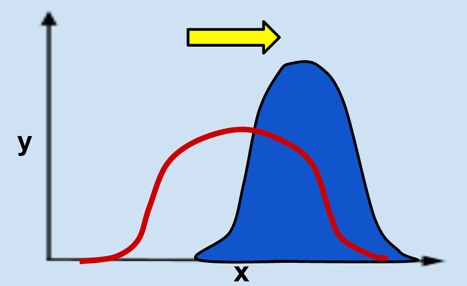
With directional selection, only one of the extremes is selected against. For example, giraffes with short necks will be selected against due to those individuals not being able to reach the higher leaves on the trees. This means they will have a limited food source. Giraffes with longer necks will be able to reach the leaves on lower branches and the higher branches, making them a better fit for the environment. This selection will shift the mean toward one side of the the original population.
Disruptive Selection
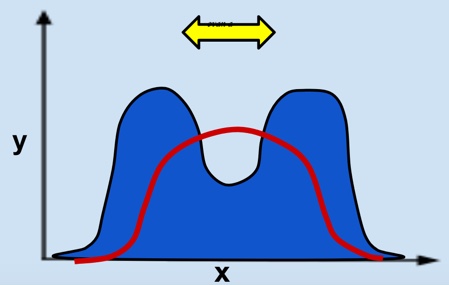
In this type of selection, the mean is selected against by favouring the extremes. This will create a bimodal or double peaked population distribution. An example would be a population of animals where the majority have grey fur, but some have white fur and others black fur. If this population lived in an area with only black and white rocks, the extremes (the white and the black furred animals) would be able to hide from predators. The grey furred animals would not blend into their environment very well and will be selected against.
Here are the scenarios. The type of selection is indicated at the top of each one for matching purposes. These scenarios can be arranged randomly.
Stabilizing Selection Scenario
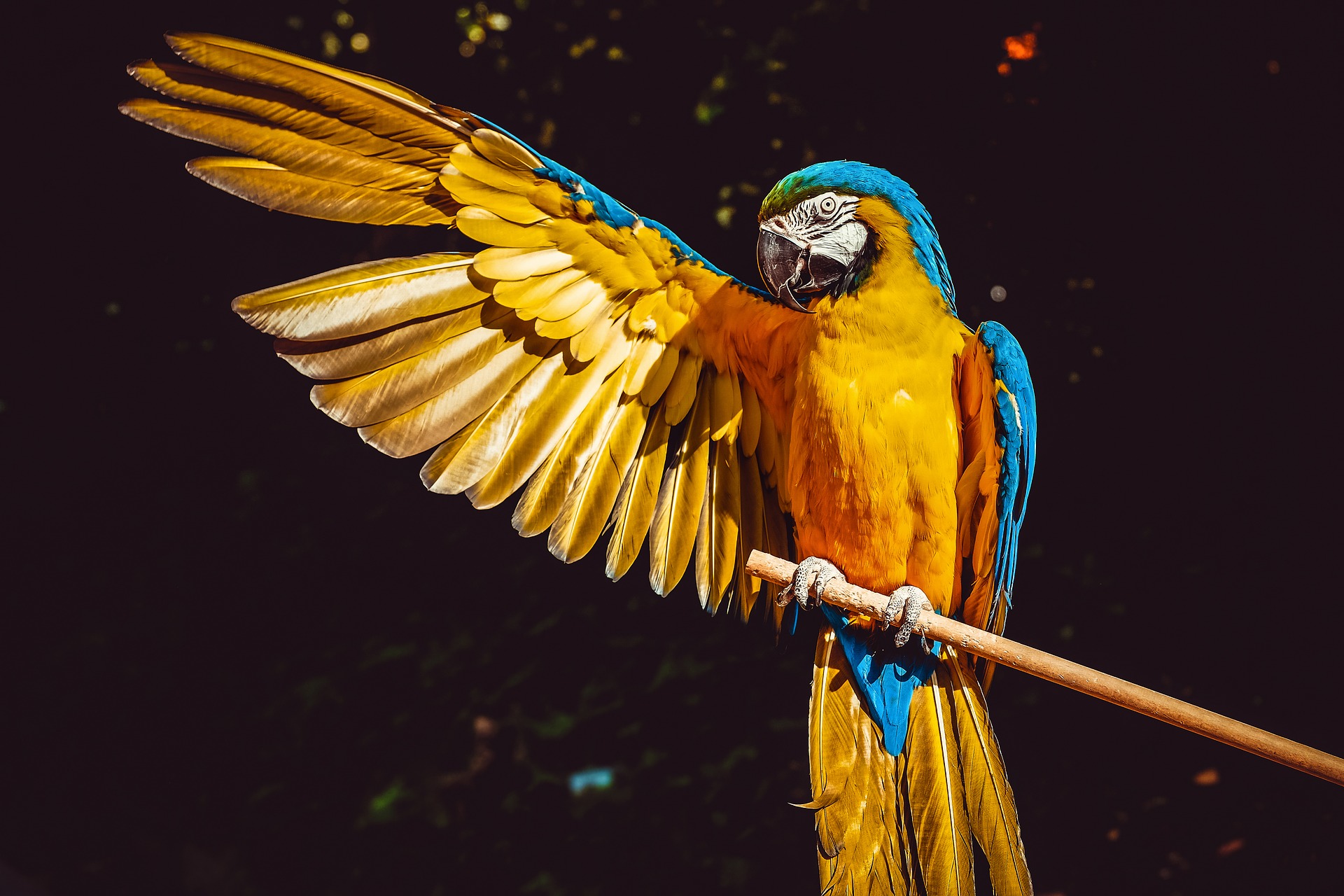
A group of birds are forced to move to a new area due to deforestation. The group of trees they move to all have very uniformly sized branches, and each branch has the same diameter. The largest birds in the population are too heavy for the branches, which break when they try to land on them. The smallest birds of the population have feet that are too small to wrap around the branches and they therefore can’t hang on. The average sized birds can land on the branches without issue and the branches do not break under their weight.
Directional Selection Scenario
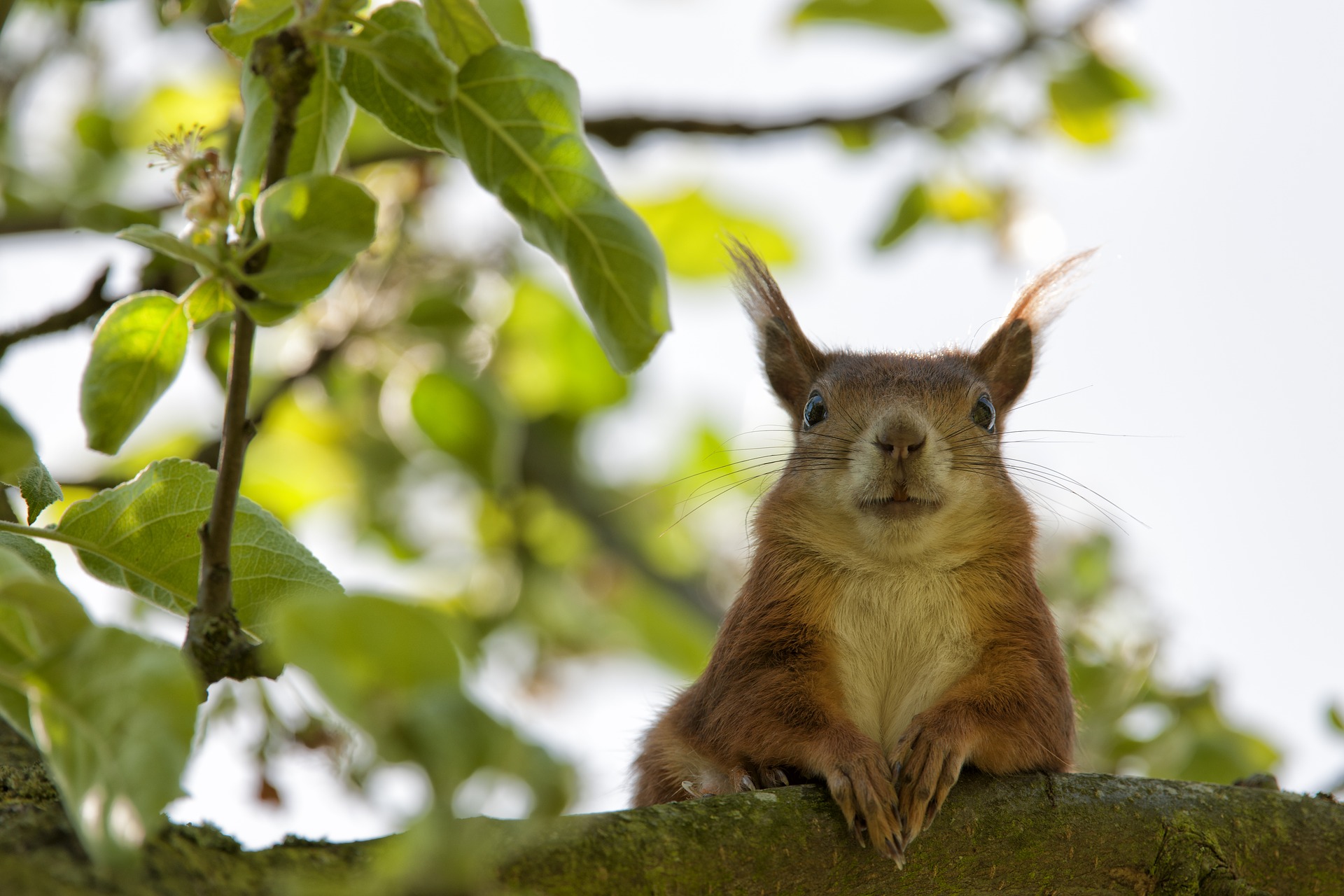
A population of rodents feeds on the lower leaves of the local bushes. After a year of drought, a plant virus spreads through the area. This virus only impacts certain leaves: all the lower leaves on the bushes wilt and die, leaving only the higher leaves. The tallest rodents and rodents of average size can still reach the leaves on the bushes, but the shortest animals cannot reach the food and start to die off.
Disruptive Selection Scenario

A population of birds get blown off course while migrating and are forced to inhabit a small island in the middle of the ocean. These birds are used to a variety of seeds and other food sources, but the resources on this island are limited. The food available to the birds consists of nectar deep inside thin, trumpet shaped flowers and large, hard seeds. The birds with the smallest beaks have no trouble reaching into the flowers to get to the nectar, and the birds with the largest beaks have no issues grabbing and cracking open the large seeds. The birds with the medium sized beaks cannot access the nectar or open the seeds.